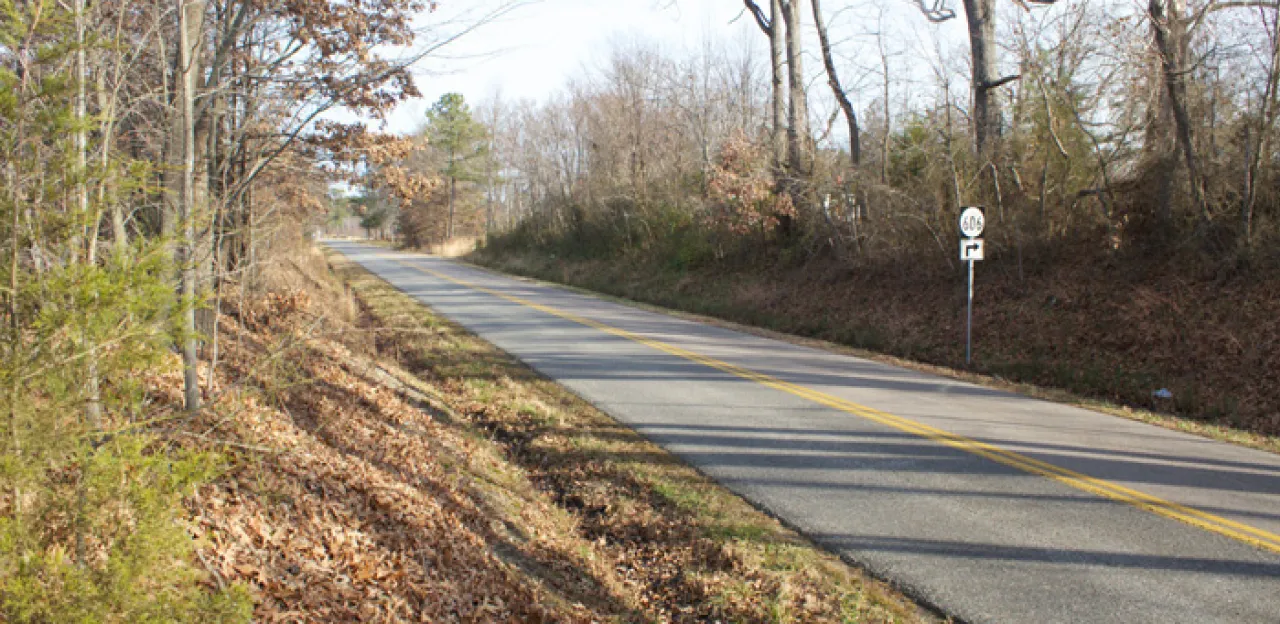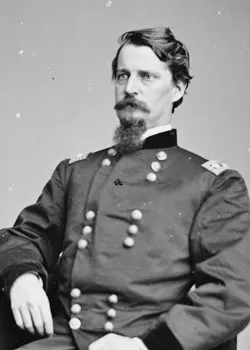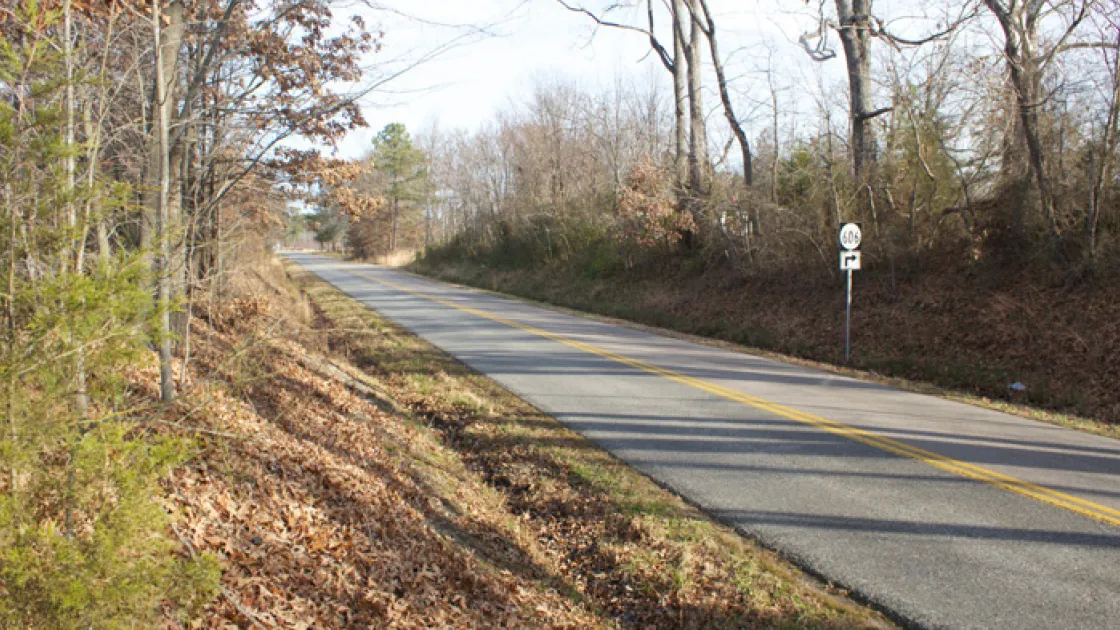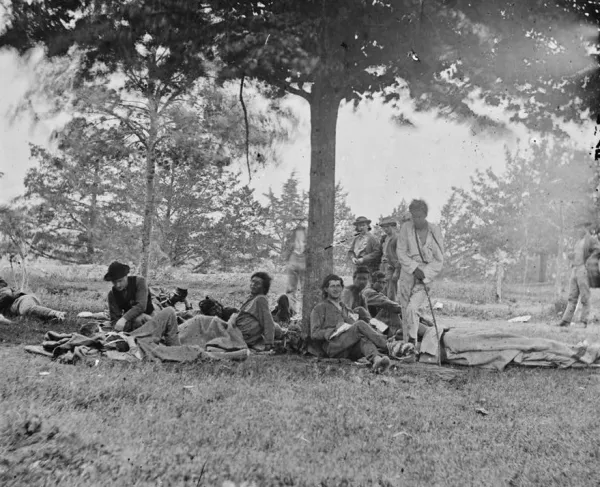Second Battle of Reams Station

A. Wilson Greene
Following the capture of the vital Weldon Railroad near Globe Tavern, Union Army of the Potomac commander George G. Meade sent two divisions of General Winfield S. Hancock's Second Corps south to continue the railroad's destruction. The Federals descended on a rural depot called Reams Station. The railroad ran along what is now Halifax Road, and Reams Station itself sat a few hundred yards to the northeast.

Confederate cavalry under General Wade Hampton monitored the situation and reported to General Robert E. Lee that Hancock's 6,500 men occupied weak trenches with a deep cut of the railroad behind them and vulnerable flanks. Although Lee harbored little hope of driving the enemy completely away from the railroad, he thought that a victory here would limit the damage and perhaps discredit the Union war effort as the Democratic presidential convention reached its climax. Lee assembled an eight-brigade infantry force under General A.P. Hill to cooperate with Hampton and attack the isolated Second Corps.
Like many units in the Army of the Potomac, the all-summer campaign of 1864 had taken its toll on the much-vaunted Second Corps. The troops that beat back Pickett's Charge at Gettysburg had, by August of 1864, been victims of Lt. Gen. James Longstreet's flank attack in the Wilderness, charged the Mule Shoe Salient at Spotsylvania and Lee's impregnable works at Cold Harbor, and been twice thrashed by the Southerners during the early stages of the Petersburg Campaign. Its ranks had recently been refilled with raw recruits and draftees who had yet to learn the ways of war. Simply put, Hancock's men were ill-prepared for the onslaught that awaited them.
The Confederates unleashed their assault on the afternoon of August 25, 1864. One Union soldier recalled, "the Rebels arose like demons from the bowels of the earth." Hampton's cavalry struck from the south while the infantry charged from west to east. Late in the day, the attackers breached Hancock's line, sending the Federals fleeing to the rear, while a much-chagrined Hancock vainly attempted to rally his men. Darkness ended the fighting with the Confederates firmly in charge of the battlefield. The Confederates had captured more than 2,000 prisoners, killing or wounding another 600 bluecoats. The Southerners returned to their Petersburg lines, having earned a victory rather barren in operational significance but devastating to the morale of Hancock and his humiliated troops.



